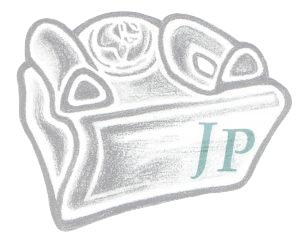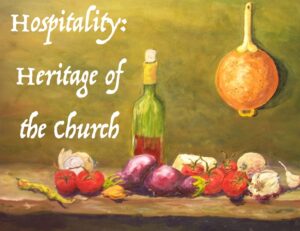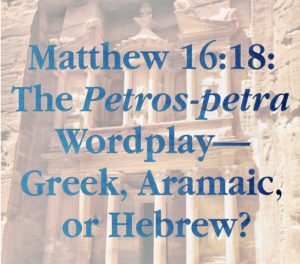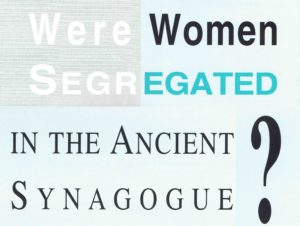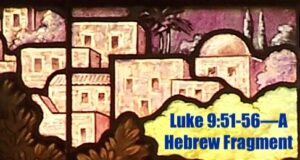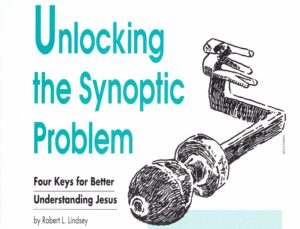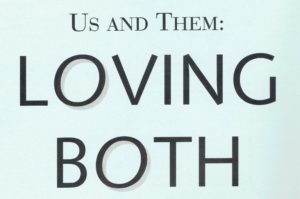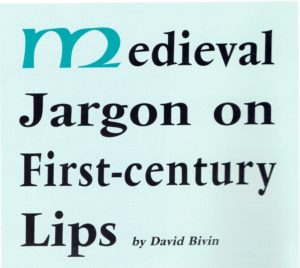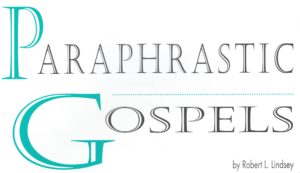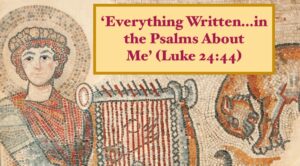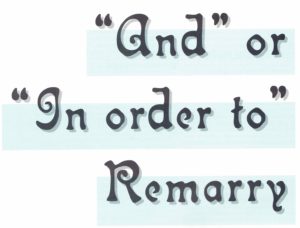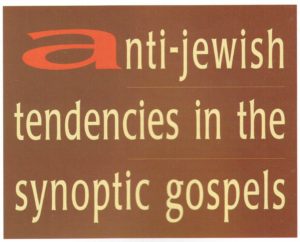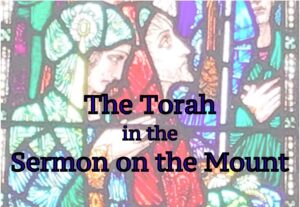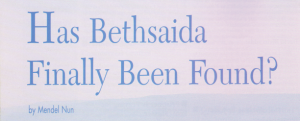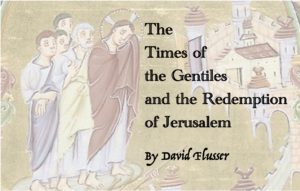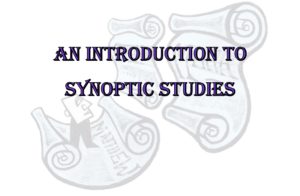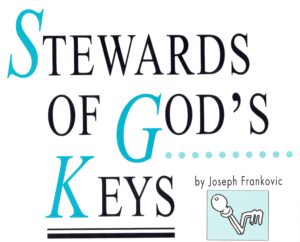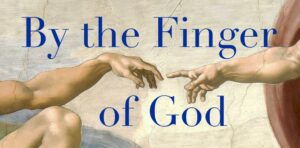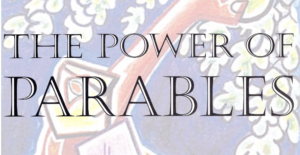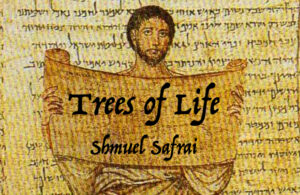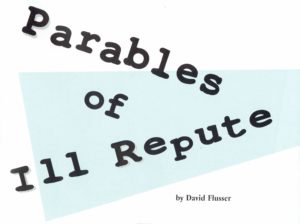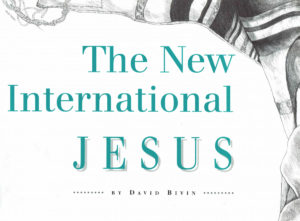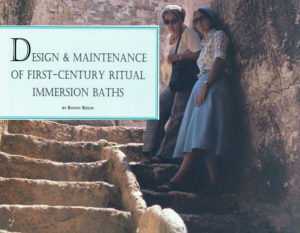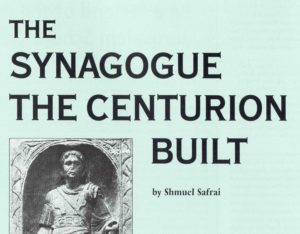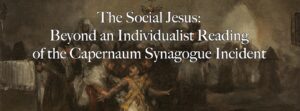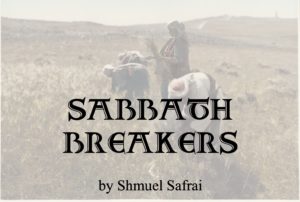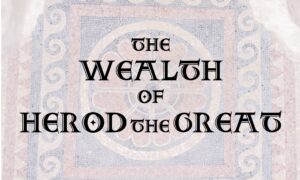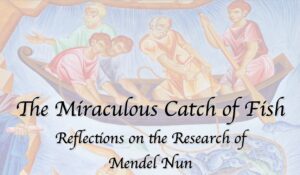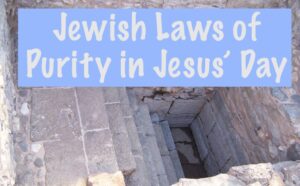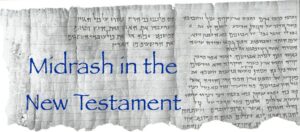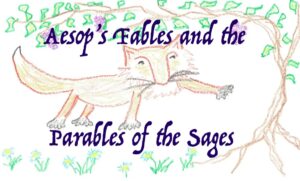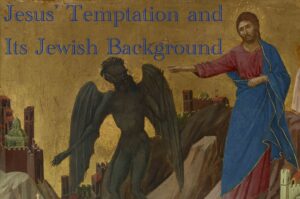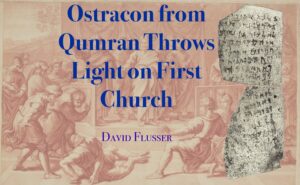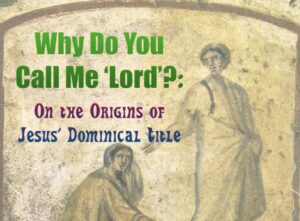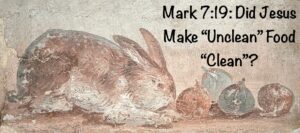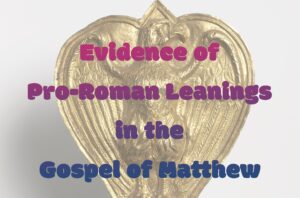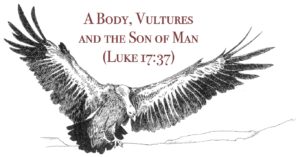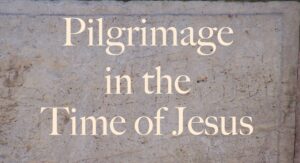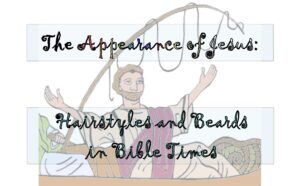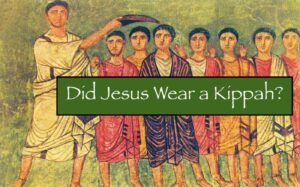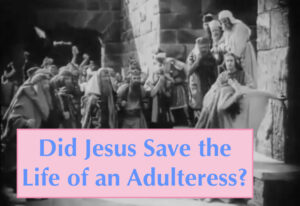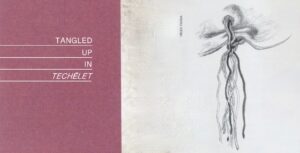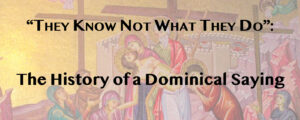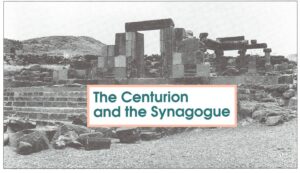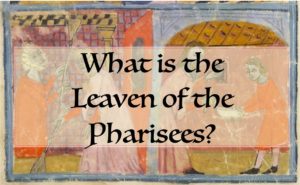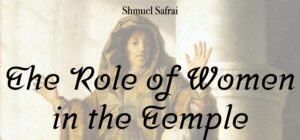How to cite this article:
David N. Bivin and Joshua N. Tilton, “Widow’s Son in Nain,” The Life of Yeshua: A Suggested Reconstruction (Jerusalem Perspective, 2014) [https://www.jerusalemperspective.com/13167/].
Luke 7:11-17
(Huck 80; Aland 86; Crook 90)[1]
Updated: 25 January 2024[2]
וַיְהִי אַחַר הַדְּבָרִים הָאֵלֶּה וַיֵּלֶךְ אֶל עִיר וּשְׁמָהּ נָעִין וְאֻכְלוּס גָּדוֹל הוֹלֵךְ עִמּוֹ וְכַאֲשֶׁר נִגַּשׁ אֶל פֶּתַח הָעִיר וְהִנֵּה מוֹצִיאִים מֵת בֵּן יָחִיד לְאִמּוֹ וְהִיא אַלְמָנָה וְאֻכְלוּס הָעִיר עִמָּהּ וַיַּרְא אֹתָהּ הָאָדוֹן וַיְרַחֵם עָלֶיהָ וַיֹּאמֶר לָהּ אַל־תִּבְכִּי וַיִּקְרַב וַיִּגַּע בַּמִּטָּה וַיַּעַמְדוּ הַנּוֹשְׂאִים וַיֹּאמֶר נַעַרִי אֲנִי אוֹמֵר לְךָ קוּם וַיֵּשֶׁב הַמֵּת וַיָּחֶל לְדַבֵּר וַיִּתְּנֵהוּ לְאִמּוֹ וַיִּפֹּל פַּחַד עַל כֻּלָּם וַיְכַבְּדוּ אֶת שָׁמַיִם לֵאמֹר נָבִיא גָּדוֹל קָם בְּתוֹכֵנוּ וּפָקַד שָׁמַיִם אֶת עַמּוֹ וַיֵּצֵא הַדָּבָר הַזֶּה בְּכָל יְהוּדָה
Sometime later, Yeshua went to the town of Nain, accompanied by a large crowd of people. As he approached the town’s entrance, he met a funeral procession. The deceased was the only son of a widow, and the residents of the town were with her. When the Lord saw her his heart went out to her.
“Don’t cry,” he said. Then he went up and touched the bier, and the men who were carrying it halted.
“Young man,” he said, “I command you: Come back to life!”
The dead boy sat up and began to speak, and Yeshua presented him to his mother.
The crowd was awestruck, and they began to praise God: “God has sent us the prophet we’ve been waiting for!” News of this miracle spread throughout Yehudah.[3]
| Table of Contents |
|
3. Conjectured Stages of Transmission 5. Comment 8. Conclusion |
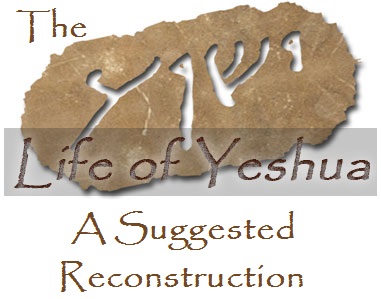 .
.
.
.
.
Reconstruction
To view the reconstructed text of Widow’s Son in Nain click on the link below:
Paid Content
Premium Members and Friends of JP must be logged in to access this content: Login
If you do not have a paid subscription, please consider registering as a Premium Member starting at $10/month (paid monthly) or only $5/month (paid annually): Register
One Time Purchase Rather Than Membership
Rather than purchasing a membership subscription, you may purchase access to this single page for $1.99 USD. To purchase access we strongly encourage users to first register for a free account with JP (Register), which will make the process of accessing your purchase much simpler. Once you have registered you may login and purchase access to this page at this link:
Conclusion
The story of the raising of the widow’s son in Nain attests to the Jewish eschatological hopes current toward the end of the Second Temple period. It may also preserve an authentic recollection of a Judean ministry early in Jesus’ career. The story highlights Jesus’ compassion for fellow humans in distress, which in turn reflects Jesus’ understanding of God’s character. Far from ignoring or transgressing the commandments pertaining to ritual purity, Jesus correctly prioritized the Torah’s requirements in accordance with God’s attribute of mercy, which is surely the essence of Judaism.
![Kotarbiński_Resurrection_of_the_son[1]](https://www.jerusalemperspective.com/wp-content/uploads/2014/09/Kotarbiński_Resurrection_of_the_son1.jpg)
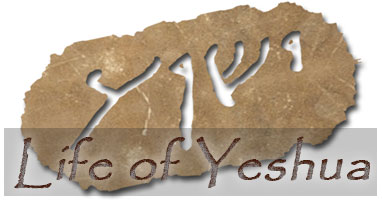 Click here to return to The Life of Yeshua: A Suggested Reconstruction main page.
_______________________________________________________
Click here to return to The Life of Yeshua: A Suggested Reconstruction main page.
_______________________________________________________
- [1] For abbreviations and bibliographical references, see “Introduction to ‘The Life of Yeshua: A Suggested Reconstruction.’” ↩
- [2] Our thanks to Georgia Clifton for noting an error in the reconstruction document, which allowed us to correct it—DNB and JNT. ↩
- [3] This translation is a dynamic rendition of our reconstruction of the conjectured Hebrew source that stands behind the Greek of the Synoptic Gospels. It is not a translation of the Greek text of a canonical source. ↩



